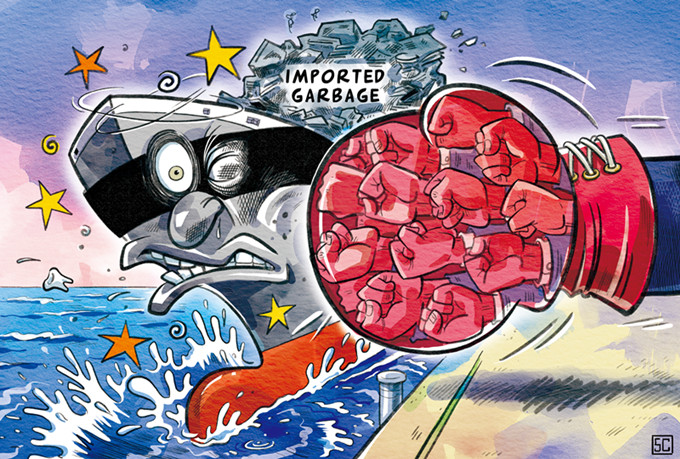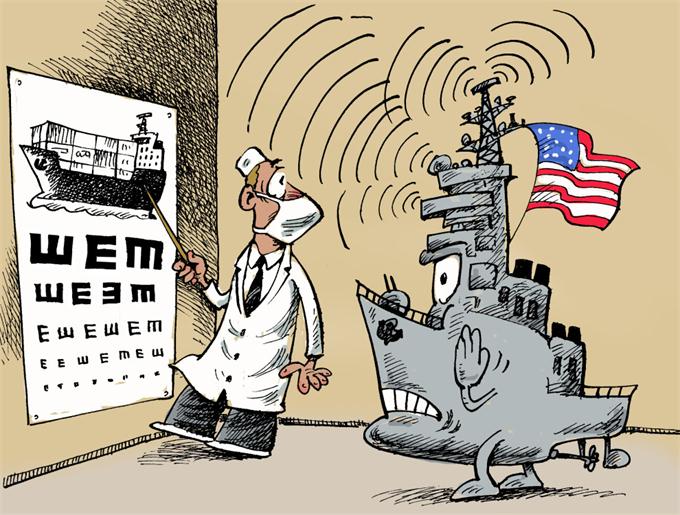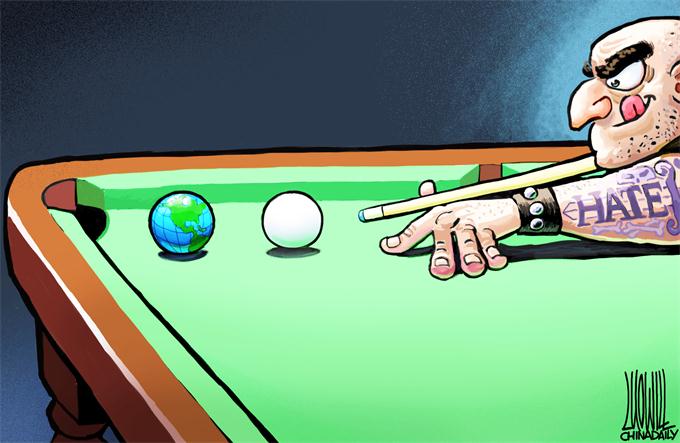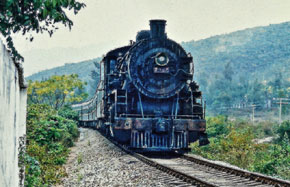Trains ride to standardization
 |
|
Robots made by young people compete at the Robotic Challenge Junior 2017: Robot Hunter in Hong Kong, China, Aug, 28, 2017. [Photo/Xinhua] |
The launch of the Fuxing (Rejuvenation) high-speed train, as an example of high Chinese standards, on June 26 between Beijing and Shanghai is a case in point, as China has total intellectual property rights over the train, which can run at speeds of up to 400 kilometers an hour. It runs at 350 km an hour on the Beijing-Shanghai High-speed Railway, though.
Its research and development involved 254 major industrial standards in fields such as communications, electronic and electrical technologies, and fire safety- and 84 percent of those belong to China.
If the Harmony, the most widely used high-speed train with an operating speed of about 300 km an hour, projects China's strength in terms of price and speed, the Fuxing reflects China's competitive edge in quality, technology and innovation.
The Harmony bullet train is the fruit of cooperation between Chinese and foreign enterprises, but uses different standards. For instance, the train's driving system is different from other bullet trains, and the number of seats per carriage varies from model to model. The lack of uniform standards in the train makes maintenance and handling emergencies difficult.
The Fuxing doesn't have this problem, as it uses uniform standards for maintenance, operation and service. So it is only a matter of time before the Renaissance trains replace the Harmony trains.
The International Standardization Organization and International Science Organization have so far accepted 367 Chinese proposals as international standards, many of which are in the key industrial fields of high-speed train, nuclear power and telecommunications, which are seen as the "golden keys" with which Chinese enterprises can unlock the global market.
But among the nearly 30,000 ISO/IEC international standards, only 1.27 percent of them have been made with China in the lead. So there is still a long way to go for China's innovations to make a mark.
- WORKERS' DAILY



















